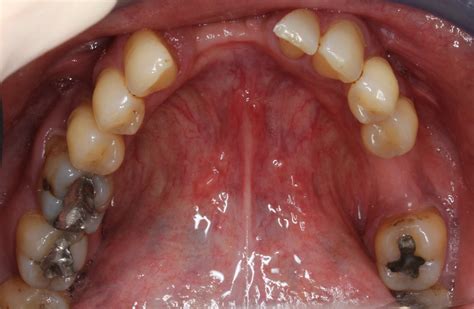Sinusitis and dental infections are two conditions that can often be confusing to differentiate, as they share similar symptoms and can even affect each other. Endodontists, like Diogenes, play a crucial role in diagnosing and treating these conditions. They use advanced imaging equipment to assess tooth health and can identify whether a dental infection or sinusitis is the cause of discomfort. If sinusitis is suspected, patients are usually referred to an ear, nose, and throat specialist.
The most common reason for sinusitis originating from teeth is a dental infection. It’s important to note that while an upper tooth infection can trigger a sinus infection, sinus infections typically do not cause pain in lower teeth or the jaw. If you’re experiencing symptoms, it’s advisable to consult a dentist or primary care provider for an evaluation, which may include X-rays or other imaging to locate the infection.
Contrary to popular belief, viruses, not bacteria, cause colds. Therefore, antibiotics are ineffective against them. However, when a cold leads to sinusitis, it indicates that blocked nasal passages have led to a secondary bacterial infection, which may require antibiotic treatment. In rare cases, especially among individuals with weakened immune systems, a fungal infection might be the culprit.
For immediate relief from sinusitis symptoms, which are often similar to those of a cold, including fatigue, cough, impaired sense of smell, fullness or pressure in the ears, or headache, various remedies can be used. These include nasal rinses, decongestants, and pain relievers to ease symptoms while the body fights the infection.
Inflammation in the maxillary posterior teeth can affect the maxillary sinus, leading to a type of sinusitis known as odontogenic sinusitis. Endodontic or periodontal infections in these teeth can cause inflammation in the periradicular tissues, which may then spread to the sinus, making it a common cause of odontogenic sinusitis.
Sinus infection symptoms often involve painful pressure, depending on which sinus is affected. This pain can be felt in the forehead, over the cheek or upper jaw and teeth, behind the eyes, or at the top of the head. Distinguishing between sinus infection and COVID-19 symptoms can be challenging, as they may overlap. Common COVID-19 symptoms include fatigue, cough, shortness of breath, and sometimes gastrointestinal issues. If you’re uncertain about your symptoms, it’s best to consult a healthcare professional for advice.
Sinus infections, diagnosed in millions of adults annually in the United States, can impact daily life, causing absences from school or work and leading to fatigue. Regardless of the type of sinus infection, it’s essential to address it promptly. Types of sinus infections range from acute, lasting up to four weeks, to more prolonged conditions.
It’s also vital to be aware of the hidden dangers of dental health, as tooth decay and gum disease can lead to serious health problems, including infections in the brain or heart. The link between oral health and overall health is increasingly recognized, emphasizing the importance of maintaining good dental hygiene.
For more information on this topic, visit UT Health San Antonio, Mayo Clinic Health System, Harvard Health, Ohio State Health & Discovery, and Ohio State Medical Center.
UT Health San Antonio
Mayo Clinic Health System
Harvard Health
Harvard Health
Portada
Harvard Health
Ohio State Health & Discovery
Ohio State Medical Center
Harvard Health
